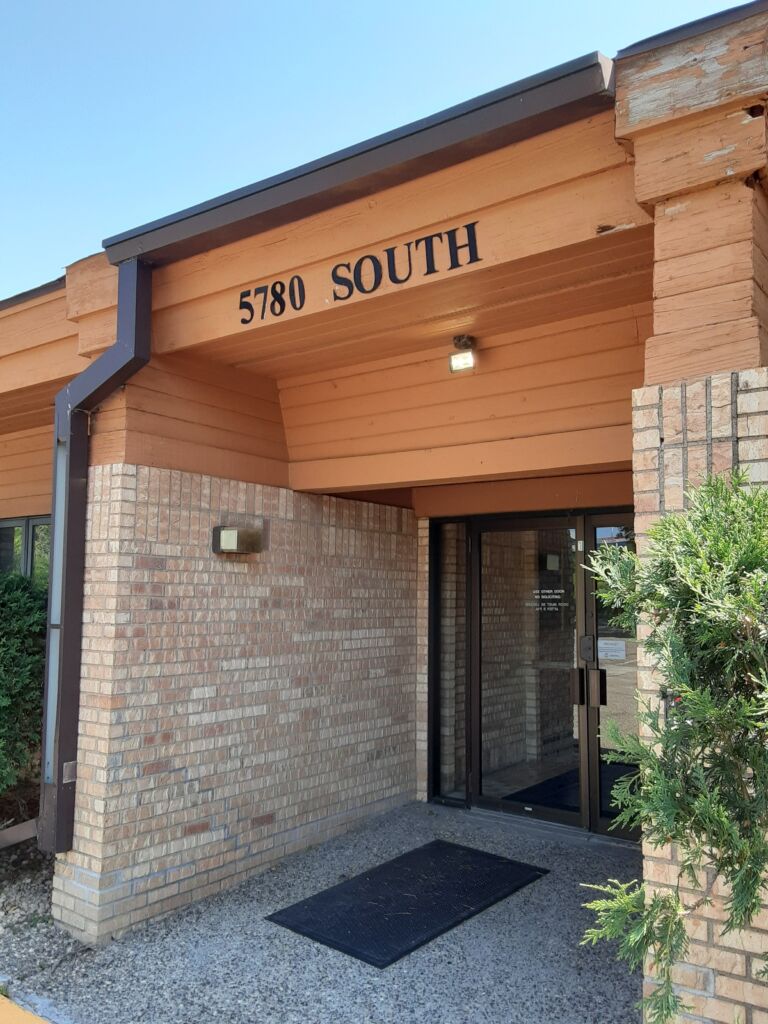Edina struggles with controversial affordable housing project
The Minneapolis suburb has a goal of adding 1,000 or more affordable housing units by the year 2030. One local developer has stepped forward to help, but local residents point out the project’s shortcomings.
The proposed project would consist of two apartment buildings with 141 housing units on 2.5 acres located at 5780 Lincoln Drive in northwestern Edina. Individual units included would cover the full range from studio apartments up to 4-bedroom homes.
The Minneapolis-based developer, Solhem, had previously abandoned an even larger (195-unit) proposed project for the location. Instead, they pivoted to developing a smaller, affordable housing version. They are looking for state and local subsidies as part of the $38 million to make it work.
The developer held a meeting to introduce the project to the site’s neighbors back in May. It did not go well. The Minneapolis Star Tribune, reported,
An initial meeting about the project between the developer and neighbors on May 19 quickly became confrontational, said resident Colleen Feige.
“The developers didn’t get much time to talk because the audience was generally pretty opposed to the idea,” she said. “This will be a hard sell in western Edina.”

The site currently contains a small but active multi-tenant office complex. The north building,

And the south building,

The small property is bounded on the west side by U.S. 169, and a busy intersection to the south. It’s hemmed in by adjacent office and warehouse buildings.
Last month, the City Council, sitting as the Housing and Redevelopment Authority (HRA) approved the Lincoln Drive project on a vote of 3-1 with one abstention. The city pledged to invest $2.5 million in taxpayer money into the project.
The local Sun Current newspaper quoted one of the “yes” votes, council member Carolyn Jackson, as wanting to hold a public hearing on the controversial project.
“I think my driving sentiment is that I want to have a public hearing so that everybody can hear each other,” Jackson said. “The problem with emails is we can hear you, but you can’t hear each other. And it’s very important to me that both, neighbors who are for and neighbors who are against, can hear each other.”
That’s actually quite difficult in Edina. This disclaimer appears on every City Council semi-monthly meeting agenda,

You read that correctly. Every meeting features a community comment period. As the city’s website explains further,
Community Comments cannot be related to 1) an item on the current meeting agenda, 2) a topic planned for a future public hearing, or 3) a topic for which a public hearing was held in the preceding 30 days.
So, the public is invited to weigh in, just not on any topic the council has ever, or will ever, take up.
The project will require a significant re-zoning of the property, currently zoned as industrial land, for office use. The city would have to give additional approvals to the project, in which the city has already invested $2.5 million.
Finance and Commerce quotes the mayor as being frustrated with the process,
“We don’t even know if we would even approve the project at the city council level. So if we don’t get the project approved at the city council, this is all a waste of time,” Mayor Jim Hovland said[.]
Even if approved, construction would not begin until next year, at the earliest.
The City of Edina saw its biggest growth back in the 1950’s. Between 1980 and 2010, the city’s population stabilized between 46,000 and 48,000. Then, in the decade from 2010 to 2020, it added an additional 5,500 residents, growing almost 12 percent.
This story has a number of important components, including the purposes and uses of zoning, the conflict between the desires of current residents and the desires of government for growing population and tax base, and the responsiveness of elected officials to the voters.
We will keep an eye on it as events develop.